The Future of the Automotive Industry
1. Introduction
The automotive industry has long been a cornerstone of global economic growth, shaping not only transportation but also infrastructure and urban development. However, it stands at a pivotal moment of transformation, driven by technological advances, shifting consumer preferences, and growing concerns over sustainability and environmental impact. In recent decades, the automotive sector has faced challenges such as declining sales, evolving consumer behavior, and increasing environmental regulations. At the same time, there are emerging opportunities in electric vehicles (EVs), autonomous vehicles (AVs), connected technologies, and shared mobility solutions. The future of the automotive industry will be shaped by these factors, with a strong emphasis on innovation, sustainability, and the need to adapt to changing consumer needs. This article explores key trends influencing the automotive sector’s future, focusing on technological advancements, regulatory shifts, and societal impacts.
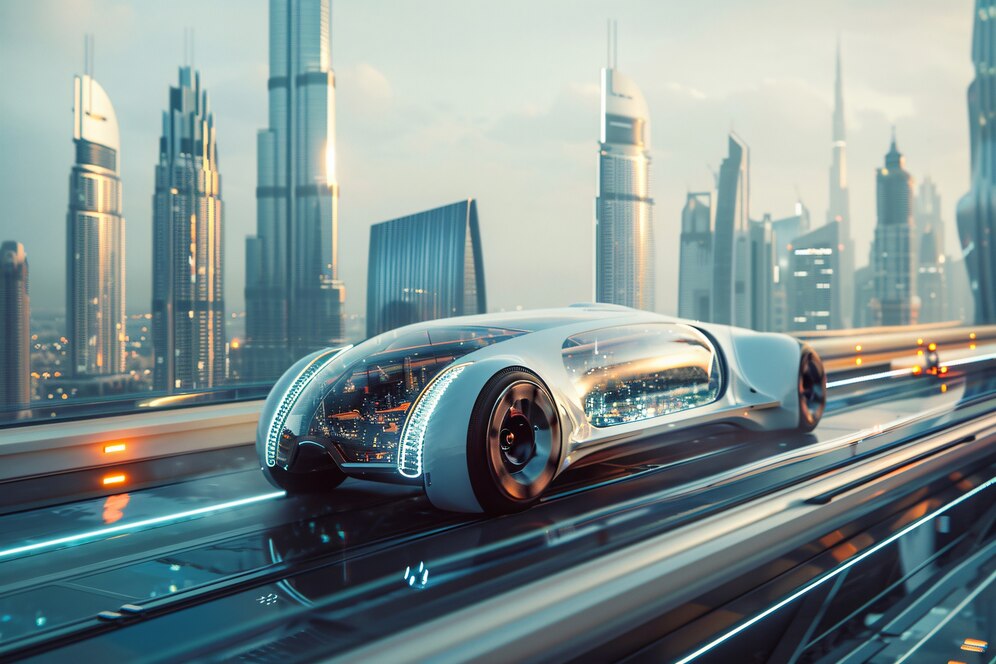
2. Shifts in Consumer Behavior and Mobility Trends
The automotive industry is witnessing a fundamental shift in consumer behavior and mobility preferences. One of the most significant changes is the rise of urbanization, leading to an increased demand for more efficient and sustainable transportation systems. As cities expand, traffic congestion, air pollution, and limited parking spaces have become pressing concerns. Consumers are seeking alternatives to traditional car ownership, leading to the growth of shared mobility models such as ride-hailing, car-sharing, and bike-sharing services.
The shift toward autonomous vehicles (AVs) is also reshaping consumer behavior. Self-driving cars are expected to provide safer, more convenient, and efficient travel experiences. Ride-sharing services powered by AVs could reduce the need for personal car ownership, particularly in urban areas, where public transportation and shared mobility are becoming more attractive. Additionally, connected car technologies are enabling real-time data collection, enhancing the driving experience through features like GPS navigation, traffic prediction, and personalized services.
Electrification is another critical trend shaping consumer preferences. With growing awareness of climate change and air pollution, consumers are increasingly inclined toward electric vehicles due to lower emissions and environmental benefits. Moreover, the demand for personalized, on-demand transportation solutions, driven by the rise of app-based mobility services, is gaining traction. In regions like Tehran, where traffic congestion and air pollution are severe, these trends are particularly relevant, with people seeking efficient, sustainable alternatives to traditional cars.
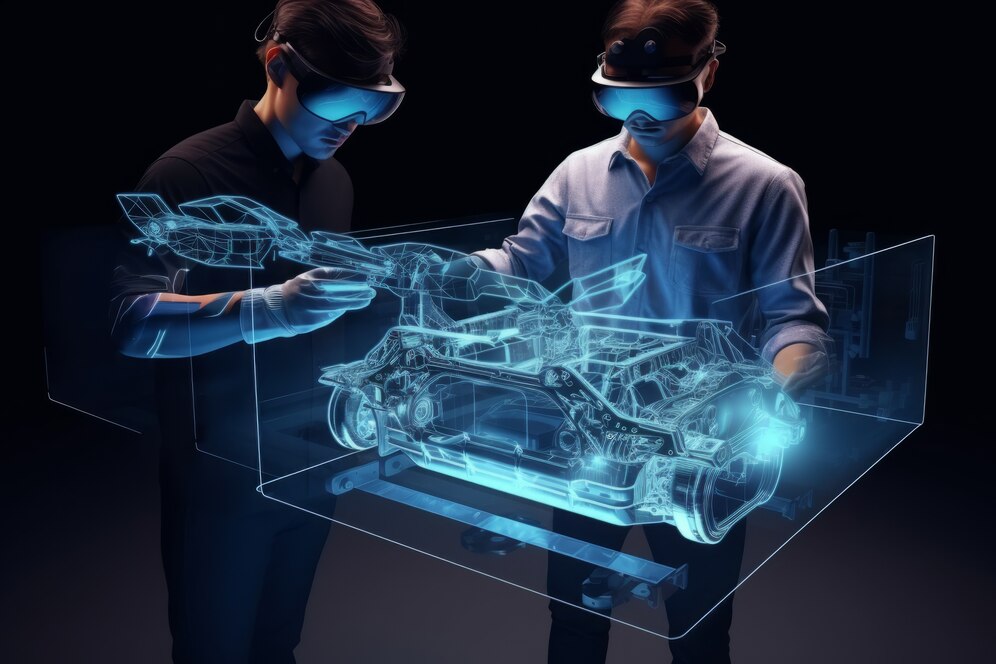
3. Technological Innovations Driving Transformation (900 words)
Several key technological innovations are driving the transformation of the automotive industry:
- Autonomous Vehicles (AVs):
The development of AVs is one of the most transformative advancements in the automotive sector. Self-driving cars use advanced sensors, cameras, and artificial intelligence (AI) to navigate and make decisions without human intervention. The promise of AVs lies in increased safety, reduced traffic congestion, and more efficient transportation. However, significant challenges remain, including regulatory hurdles, safety concerns, and the public’s acceptance of fully autonomous vehicles. Governments and regulatory bodies must establish clear guidelines, licensing standards, and liability frameworks to ensure safe implementation. - Electric Vehicles (EVs):
The shift toward EVs is driven by concerns over greenhouse gas emissions and the need for sustainable energy. The rapid development of battery technology, including innovations in battery chemistries, energy density, and charging infrastructure, is key to accelerating EV adoption. Improved battery life, longer ranges, and affordable prices are expected to overcome current limitations. Governments are playing a crucial role by offering financial incentives, tax breaks, and subsidies to support EV adoption. Countries like China, Europe, and the U.S. are investing heavily in EV infrastructure, including charging networks, to encourage consumers to switch from internal combustion engine vehicles to electric alternatives. - Connectivity and Data Analytics:
The rise of connected car technology is transforming the driving experience by enabling real-time data collection, communication, and vehicle-to-vehicle (V2V) interactions. These connected systems enhance navigation, improve traffic flow, and provide predictive maintenance. AI-driven data analytics will play a critical role in optimizing transportation systems, reducing congestion, and improving safety through autonomous driving systems. However, challenges related to data privacy and cybersecurity must also be addressed, as connected vehicles generate vast amounts of sensitive information. - Materials and Manufacturing Innovations:
Lightweight and durable materials like carbon fiber and aluminum are being increasingly used to improve vehicle efficiency and performance. 3D printing is revolutionizing automotive manufacturing, reducing costs, minimizing waste, and allowing for more customizable production. The use of recycled and sustainable materials in manufacturing processes is also contributing to reducing the environmental impact of the automotive industry.
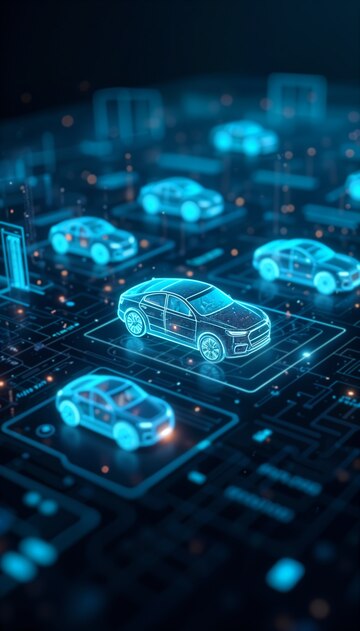
4. Regulatory and Policy Landscape
The regulatory environment plays a crucial role in shaping the future of the automotive industry. Governments around the world are implementing stricter regulations aimed at reducing carbon emissions and promoting sustainable transportation. Policies such as emission standards, carbon taxes, and subsidies for electric vehicles (EVs) are driving the shift toward greener technologies.
For instance, in regions like the European Union and China, stringent emissions regulations have led automakers to accelerate the development of electric and hybrid vehicles. The European Union has set ambitious targets for carbon neutrality by 2050, prompting automakers to phase out internal combustion engines and transition to electric powertrains.
Global regulatory bodies such as the United Nations Economic Commission for Europe (UNECE) are working on harmonizing standards for autonomous driving, safety, and emissions. However, achieving global regulatory consistency remains a challenge due to differing priorities and economic considerations across regions. In urban areas like Tehran, stricter emissions regulations and incentives for EVs could play a significant role in reducing air pollution and encouraging the adoption of cleaner vehicles.

5. Environmental and Societal Impacts
The transition to sustainable automotive technologies is expected to have profound environmental and societal impacts. One of the primary benefits is the reduction of greenhouse gas emissions, as EVs produce no tailpipe emissions. Autonomous vehicles can also contribute to reduced traffic congestion, optimizing routes and improving fuel efficiency, leading to lower overall emissions.
From an environmental perspective, the rise of EVs helps to combat air pollution in cities like Tehran, where pollution levels are critically high. By eliminating reliance on fossil fuels, EVs contribute to cleaner urban environments, improving public health outcomes. However, the production of batteries, especially lithium-ion batteries, raises concerns regarding resource extraction and disposal. Recycling and the development of sustainable materials are critical to minimizing these environmental impacts.
The societal impacts of these shifts are significant. The decline in personal car ownership could lead to more efficient urban mobility systems, reducing traffic congestion and improving public transportation. Moreover, shared mobility services, like ride-hailing and car-sharing, promote more accessible transportation options, particularly for low-income communities or individuals in rural areas.
On the economic front, the transition to electric and autonomous vehicles is expected to create new job opportunities in green technologies, manufacturing, and infrastructure development. However, there may also be job displacement in traditional automotive sectors, particularly those dependent on internal combustion engines.
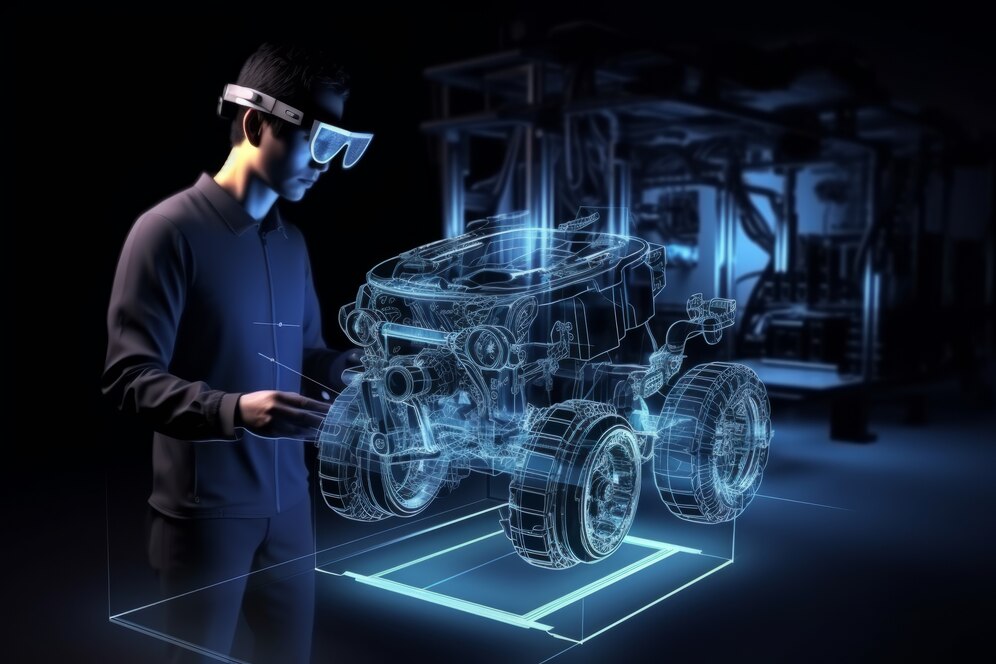
6. Challenges and Barriers to the Future
Despite the promising trends, there are several challenges that could impede the transition to a sustainable automotive future:
- High Costs of EVs and Infrastructure:
EVs, though becoming more affordable, are still expensive relative to traditional internal combustion engine vehicles. Additionally, building extensive charging infrastructure remains a costly and time-consuming endeavor, especially in regions like Tehran. - Regulatory and Policy Gaps:
Variations in policies across countries can lead to fragmented markets, creating uncertainty for manufacturers and consumers. Achieving regulatory consistency and cooperation is essential to promoting a smooth transition to EVs and AVs. - Technological Challenges:
Battery technology still faces issues like range limitations, charging speed, and cost. Autonomous vehicles require further advancements in AI, sensors, and software to overcome safety concerns. - Consumer Acceptance and Trust:
There is widespread skepticism regarding the safety and practicality of autonomous vehicles. Public trust in self-driving cars is crucial for adoption, particularly in regions like Tehran, where traffic and driving conditions can be complex. - Fossil Fuel Dependence:
In regions where fossil fuels dominate the energy mix, transitioning to cleaner vehicles remains a significant challenge, particularly when considering the infrastructure for energy production.
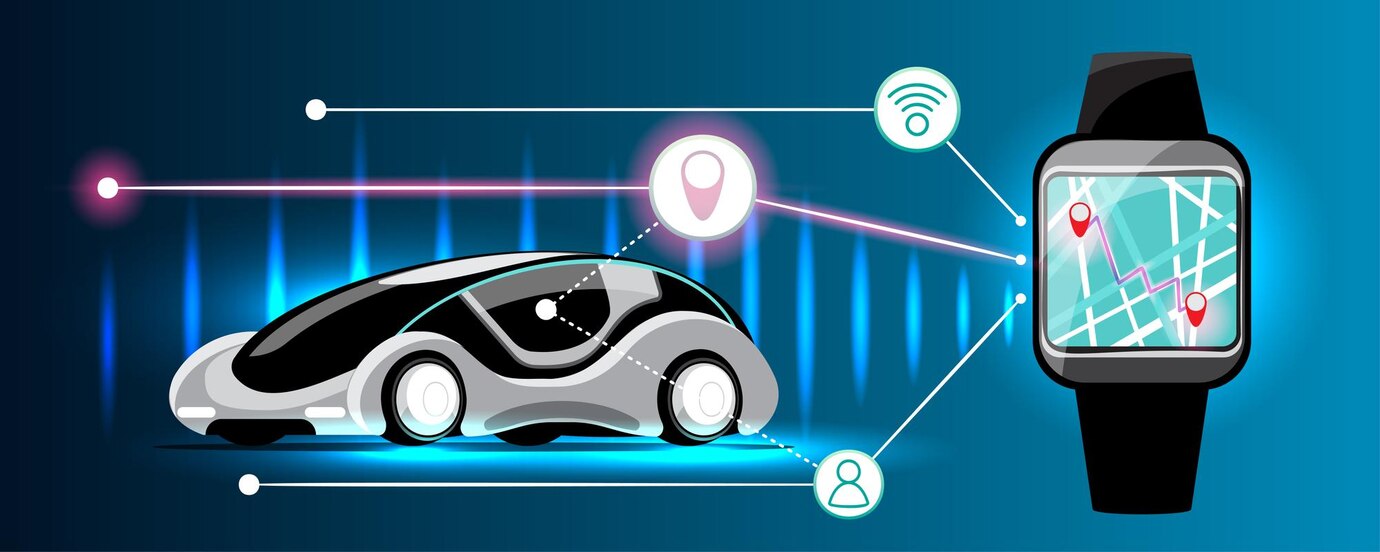
7. Conclusion
The automotive industry stands at a crucial inflection point, driven by technological innovation, shifting consumer preferences, and increasing environmental awareness. Key trends like electrification, autonomous driving, and connected car technologies are set to reshape the future of transportation. In regions like Tehran, where urban congestion and pollution are pressing concerns, these trends are particularly relevant in fostering more sustainable and efficient mobility systems. However, challenges such as high costs, regulatory inconsistencies, and consumer skepticism must be addressed to accelerate this transformation.
The future of the automotive industry will depend on the collaborative efforts of governments, manufacturers, and consumers to embrace innovation, sustainability, and efficiency. Policies promoting cleaner technologies, investments in infrastructure, and advancements in autonomous and electric vehicle technologies are crucial for building a more sustainable and resilient future for transportation. As the industry continues to evolve, embracing these changes will ensure that the automotive sector contributes to a cleaner, more efficient, and connected world.

